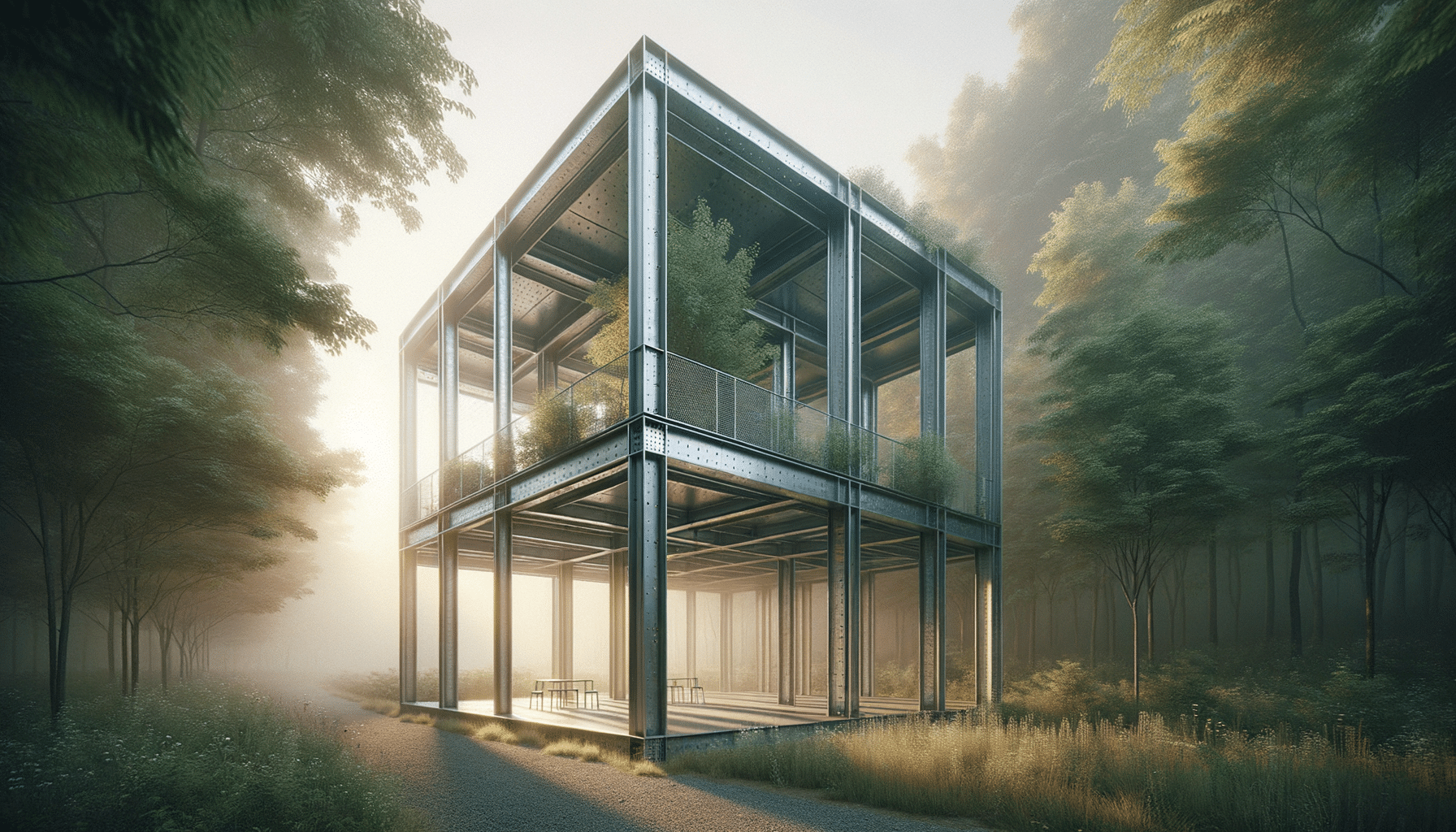
Exploring the Versatility and Importance of Steel Shelters
The Evolution and Significance of Steel Shelters
Steel shelters have emerged as a vital component in various sectors due to their robustness and adaptability. Historically, the development of steel as a primary material for construction can be traced back to the industrial revolution, where its strength and flexibility were first harnessed. Today, steel shelters are utilized in multiple applications, from emergency housing and commercial spaces to agricultural storage and military operations.
One of the key reasons for the popularity of steel shelters is their exceptional durability. Steel structures can withstand severe weather conditions, including high winds, heavy snow, and even seismic activities. This makes them a reliable choice in areas prone to natural disasters. Additionally, steel is resistant to pests and rot, unlike traditional wood structures, which require regular maintenance and treatment.
The versatility of steel shelters is another significant advantage. They can be prefabricated and customized to meet specific needs, whether for temporary use or permanent installations. This adaptability means they can serve as quick-deploy solutions in emergencies or as long-term investments for businesses and communities. The ease of assembly and disassembly also allows for relocation or repurposing as needed, enhancing their value.
- Durability against environmental factors
- Resistance to pests and decay
- Versatility in design and application
In summary, the evolution of steel shelters reflects the growing demand for resilient and flexible construction solutions. Their significance in modern infrastructure underscores the need for materials that combine strength with adaptability, ensuring safety and functionality across various industries.
Applications of Steel Shelters in Emergency Situations
In times of crisis, steel shelters provide a rapid and effective solution for emergency housing and relief operations. Whether due to natural disasters, conflicts, or humanitarian needs, these structures offer a secure and stable environment for displaced individuals and families.
One of the primary advantages of steel shelters in emergency situations is their quick deployment. Prefabricated units can be transported and assembled swiftly, providing immediate relief to those in need. This speed is crucial when addressing the urgent requirements of affected populations, minimizing the time spent without adequate shelter.
Additionally, steel shelters offer a level of security that is often lacking in alternative temporary housing solutions. Their robust construction can protect inhabitants from further harm in unstable environments, ensuring a degree of normalcy and safety. This aspect is particularly important in conflict zones, where the threat of violence remains a constant concern.
- Rapid deployment and assembly
- Secure and stable environment
- Protection from external threats
Moreover, steel shelters can be equipped with essential amenities, such as sanitation facilities and insulation, to improve living conditions. This adaptability ensures that the shelters not only provide basic protection but also support the well-being and dignity of their occupants. As a result, steel shelters are a cornerstone in the efforts of aid organizations and governments to deliver effective and humane responses to emergencies.
Steel Shelters in Commercial and Industrial Use
Beyond emergency applications, steel shelters are extensively used in the commercial and industrial sectors. Their inherent strength and flexibility make them ideal for a variety of functions, from warehouses and workshops to retail spaces and office buildings.
In commercial settings, steel shelters offer a cost-effective solution for businesses looking to expand or establish new facilities. The modular nature of steel construction allows for rapid development, reducing the time and expense associated with traditional building methods. This efficiency is particularly beneficial for startups or businesses operating in dynamic markets where agility is essential.
Industrially, steel shelters serve as robust storage solutions for equipment, materials, and products. Their ability to withstand harsh environmental conditions ensures that valuable assets are protected from damage or degradation. Additionally, the customizable design of steel shelters means they can be tailored to accommodate specific operational requirements, enhancing productivity and efficiency.
- Cost-effective and quick construction
- Customizable design for specific needs
- Durable storage solutions
The versatility of steel shelters in these sectors highlights their role as a practical and reliable choice for businesses. By providing a balance of affordability, durability, and adaptability, steel shelters continue to support the growth and stability of commercial and industrial enterprises worldwide.
Environmental Considerations and Sustainability of Steel Shelters
As environmental concerns grow, the sustainability of construction materials has become a focal point in the industry. Steel shelters offer several advantages in this regard, making them an eco-friendly choice for modern building needs.
Firstly, steel is highly recyclable, with the ability to be reused multiple times without losing its structural integrity. This property significantly reduces the demand for new raw materials, lowering the environmental impact of construction projects. In fact, steel is one of the most recycled materials globally, contributing to a circular economy that prioritizes resource efficiency.
Moreover, the production process for steel has seen advancements that reduce energy consumption and emissions. Innovations in manufacturing techniques continue to enhance the sustainability of steel, aligning with global efforts to minimize the carbon footprint of the construction industry.
- Recyclability and resource efficiency
- Advancements in sustainable manufacturing
- Contribution to a circular economy
In addition to these benefits, steel shelters can be designed to incorporate energy-efficient features, such as solar panels or enhanced insulation. These additions further reduce the environmental impact of steel structures, supporting sustainable living and business practices.
In conclusion, the environmental considerations associated with steel shelters underscore their potential as a sustainable building material. By combining durability with eco-friendly attributes, steel shelters offer a viable solution for those seeking to align their construction projects with environmental goals.
The Future of Steel Shelters in Urban Development
As urbanization continues to shape the global landscape, the role of steel shelters in urban development is becoming increasingly prominent. Their adaptability and strength make them a valuable asset in addressing the challenges of modern city planning.
One of the key trends in urban development is the need for flexible and scalable housing solutions. Steel shelters can be easily modified and expanded, allowing cities to accommodate growing populations without extensive and costly redevelopment. This flexibility is crucial in rapidly urbanizing areas where space is limited, and demand for housing is high.
Furthermore, steel shelters offer an innovative approach to mixed-use developments, integrating residential, commercial, and public spaces within a single framework. This integration supports sustainable urban growth by optimizing land use and reducing the need for extensive infrastructure.
- Flexible and scalable housing solutions
- Integration of mixed-use developments
- Optimization of land use
In addition to these applications, the aesthetic possibilities of steel shelters are expanding, with architects and designers exploring new ways to incorporate steel into visually striking and functional urban environments. This creative potential ensures that steel shelters will continue to play a central role in shaping the cities of the future.
Ultimately, the future of steel shelters in urban development lies in their ability to provide innovative and sustainable solutions to the complex challenges of modern cities. By leveraging their unique properties, steel shelters can contribute to the creation of resilient, efficient, and vibrant urban spaces.


